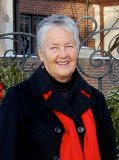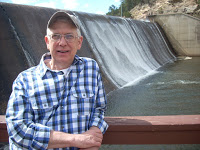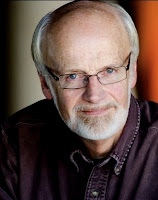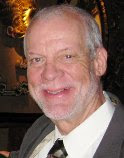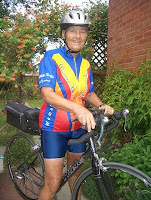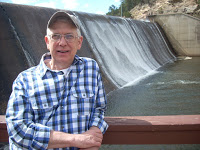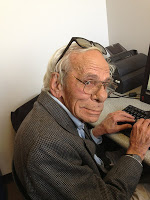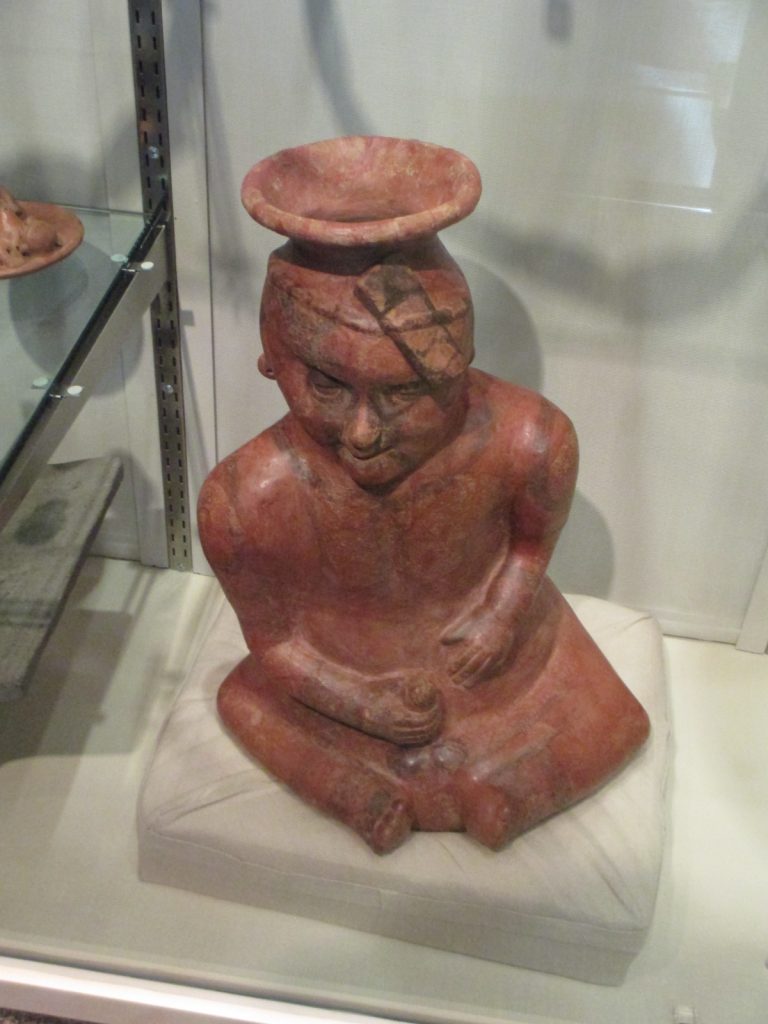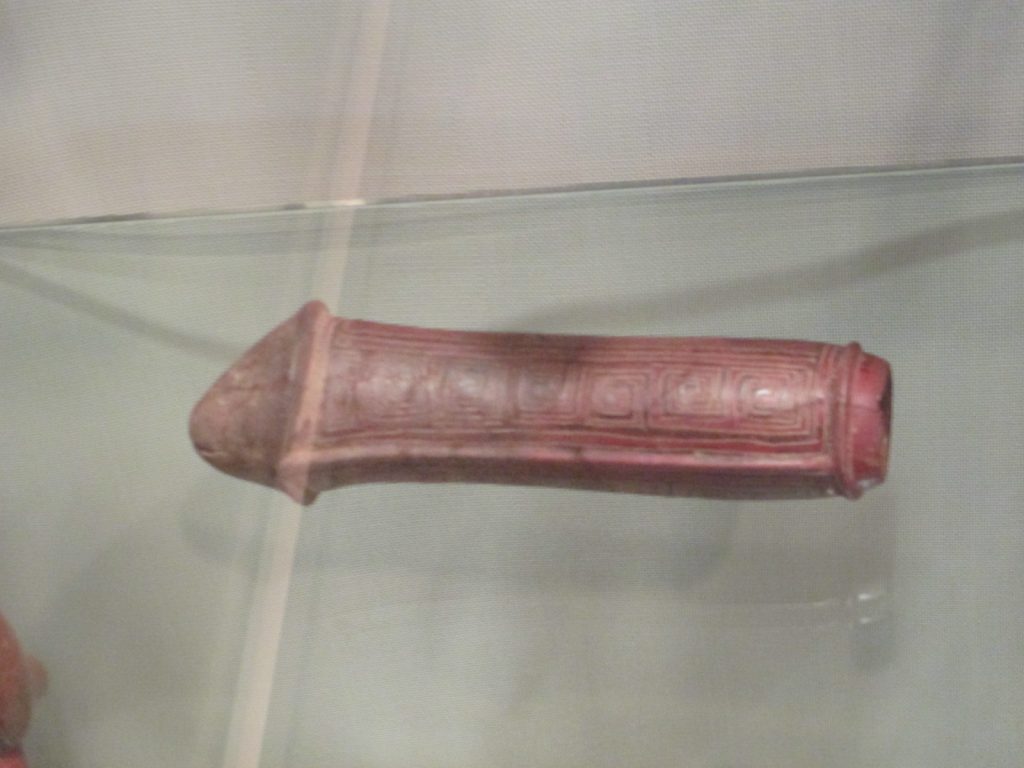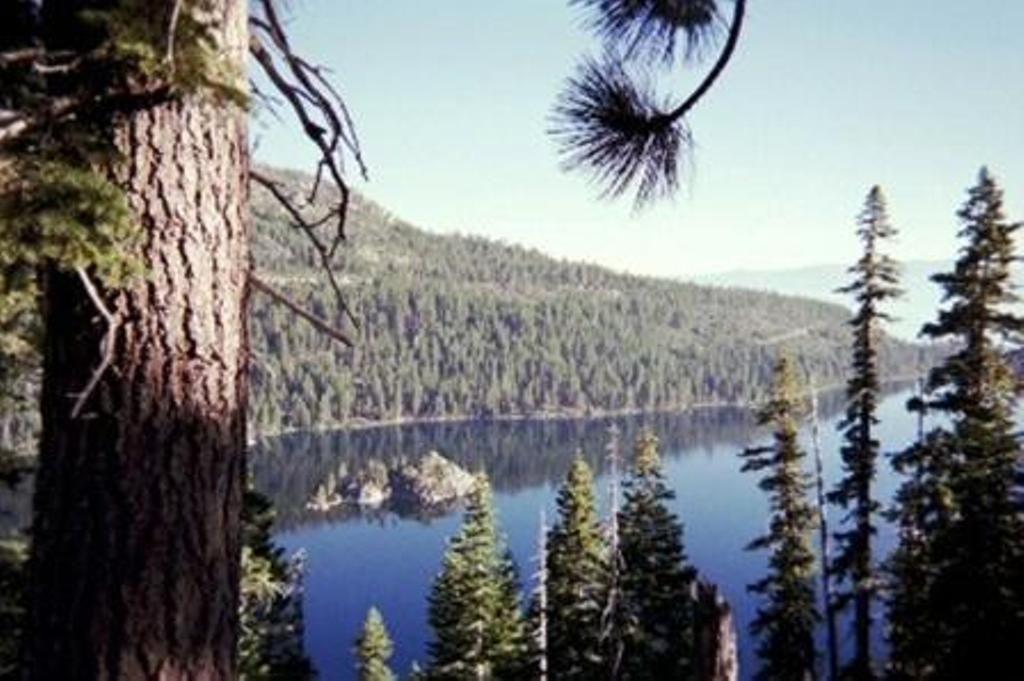My Daddy was in the lumber manufacturing business. He cut down the trees, took them to the mill, and made boards out of them, then sold the boards to those who use them to make things that people buy; i.e, furniture manufacturers, construction companies, etc. He knew his trees. It was said of Charlie Mac that if he were blindfolded and transported and dropped anywhere in the U.S., he would know where he was by identifying the trees surrounding him.
It must be in the blood. I love trees, too, although I can’t identify the different species like my dad could. But I do believe they are among my favorite plants. And amazing plants they are. Here are just a few reasons we all should appreciate trees.
It is widely accepted that the aspen grove is the largest living organism on earth. A single grove of genetically connected trees can cover a mountainside.
Trees are among the oldest living beings on the planet, too. The bristlecone pine often lives longer than 4000 years.
Trees can be beautiful as well. We have all seen the vibrant colors produced in the fall by many of the deciduous trees as well as the blossoms in the spring. Trees have provided us with some of nature’s most spectacular shows of color ever seen anywhere. Driving through Utah and western Colorado recently I experienced a visual feast of mountainsides of yellows, reds, and oranges which took my breath away with their spectacular beauty.
Trees provide us with a renewable resource whose value is beyond calculation. We love trees for all of these reasons, yes. The main value trees have for humankind, however, is their ability to absorb co2 and produce oxygen and to help keep the atmosphere clean.The Amazon rain forest produces more than 20% of the oxygen of the planet as it performs its service of recycling co2 into oxygen.*
Consider, however, that just as we are beginning to appreciate these forests and their true value, we are losing them at an astonishing rate. There was a time when rain forests covered 14% of the earth’s land surface. Currently that coverage is down to 6%.*Every second another one and one half acres of rainforest is lost to agricultural development, logging enterprises, mining operations, and even tourism.*
The greatest misfortune is that when the forests are clear cut, burned and bulldozed, the trees, other plants, and indigenous people are gone forever. The plants are no longer the renewable resource which were of much more monetary value than the farm, ranch, or whatever entity that replaces it. Medicinal plants, fruits, nuts, oils and other resources can be sustainably harvested for generations with a much greater economic return when the rain forest is preserved. Such operations provide employment for entire communities of indigenous inhabitants who then earn five to ten times more money than they can earn by chopping down the forest for timber and farming.*
My dad who ran logging operations for his lumber mill also lamented the disappearance of the rain forests of the world and clear-cutting practices in this country. He knew better than most that the lumber could be harvested without destroying the entire forest. Proper forest management is common practice, yet shortsighted governments, greedy corporations, and unknowing individuals prefer to by-pass these practices for their own purposes–another example of entitled indifference, greed-driven shortsightedness, ignorance, total disregard or denial of the consequences for the future and the good of the whole.
Perhaps a lesson could be taken from the aspen grove. While the trees within the grove are interconnected through their shared root system, each tree stands as an individual and at the same time is connected to the whole. The trees as individuals are allowed to thrive while connected to and dependent on the survival of the whole grove. At the same time each individual tree contributes to the whole while enjoying its own well being. Is it possible that humankind could do the same?
*http://www.rain-tree.com. Update January 29, 2013.
About the Author
Betsy has been active in the GLBT community including PFLAG, the Denver women’s chorus, OLOC (Old Lesbians Organizing for Change). She has been retired from the Human Services field for about 15 years. Since her retirement, her major activities include tennis, camping, traveling, teaching skiing as a volunteer instructor with National Sports Center for the Disabled, and learning. Betsy came out as a lesbian after 25 years of marriage. She has a close relationship with her three children and enjoys spending time with her four grandchildren. Betsy says her greatest and most meaningful enjoyment comes from sharing her life with her partner of 25 years, Gillian Edwards.
